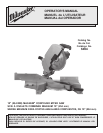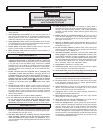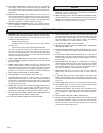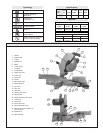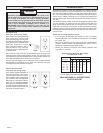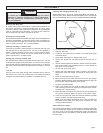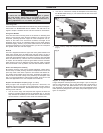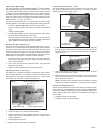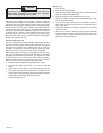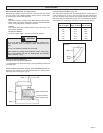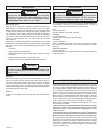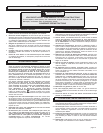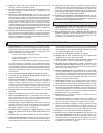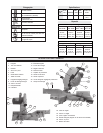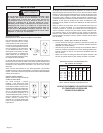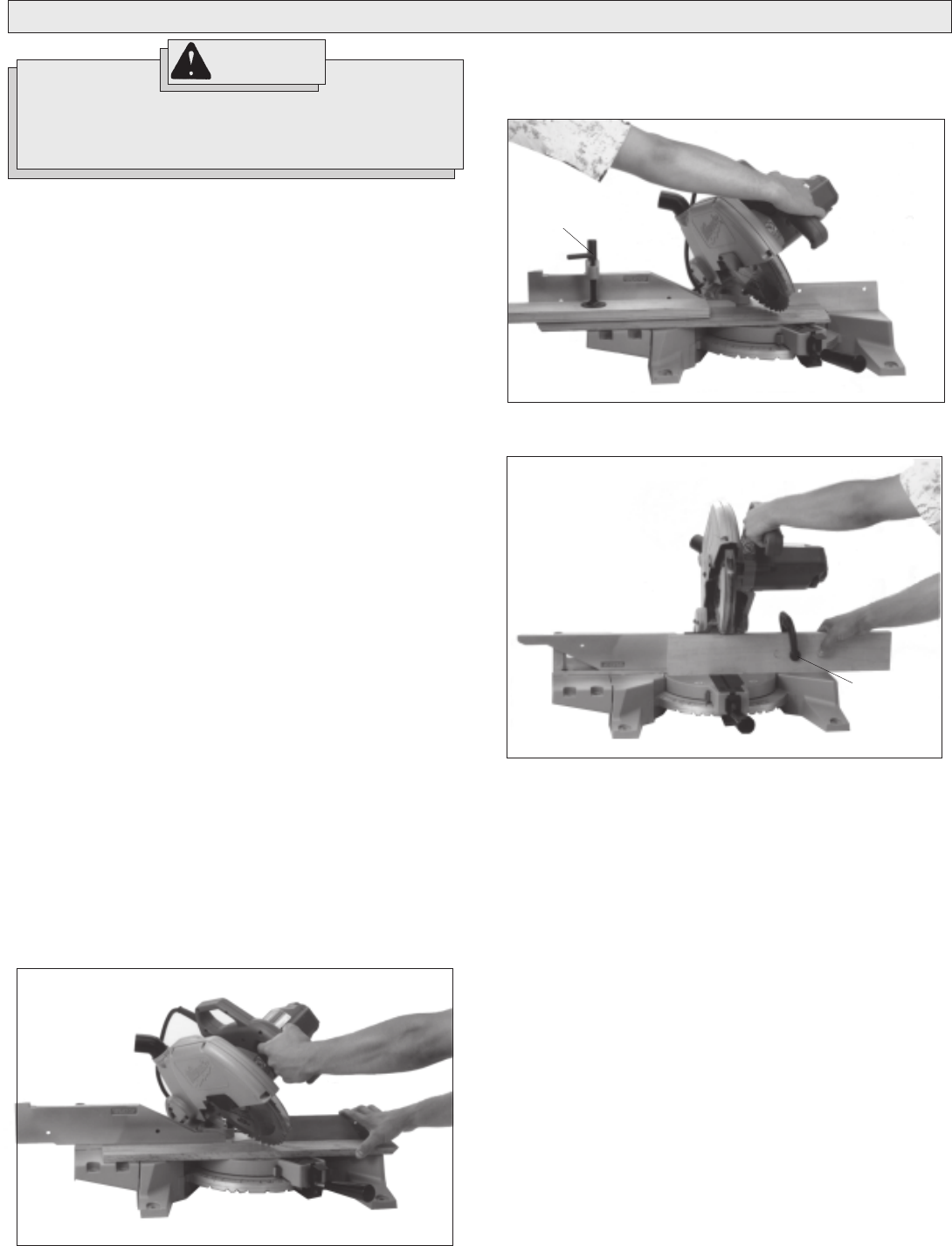
page 8
OPERATION
WARNING!
To reduce the risk of injury, wear safety goggles or glasses
with side shields. Always wait for the blade to stop com-
pletely and unplug the tool before changing accessories or
making adjustments. Do not defeat the guards.
Collecting Dust
For dust collection, MILWAUKEE recommends using either Dust Bag No.
48-09-1025 or a MILWAUKEE Vacuum Cleaner. The dust tube is de-
signed to accept a standard vacuum hose and swivels for convenience.
Using Face Boards
There are face board mounting holes in the fences for attaching face
boards. Face boards place distance between the fence and the
workpiece, providing improved support for some workpieces. For ex-
ample, as the width of the face board increases, the height of the
workpiece which can be cut increases slightly (but the width capacity
decreases slightly). Similarly, if you place a face board on the saw table
and place a workpiece on top of the face board, you can cut a workpiece
with greater width (but with less height).
Guards
The tool is shipped with both the upper and lower guard installed. The
lower guard should cover the blade when the saw head is up and it
should open automatically as the saw head is lowered into the workpiece.
If the lower guard appears loose or if it does not move to cover the blade
when the saw head is up, take the saw to an authorized service center
for repairs. Do not attempt to open the guard further than the automatic
action permits. The tool is designed so that when the guard is opened
with the saw head in the up position, the saw head cannot be lowered.
Select the Workpiece Carefully
Be cautious of pitchy, knotty, wet or warped workpieces. These materi-
als are likely to create pinching conditions. Workpieces that bow and
pinch may result in kick back. Inspect for and remove nails before cut-
ting. Always keep blades clean and sharp; otherwise the blade pro-
duces a narrow kerf and is likely to be pinched by the workpiece. This
tool is not recommended for cutting ferrous metals such as iron and
steel. See Applications for a more complete list of materials.
Support the Workpiece Properly (Figs. 2, 3 & 4)
Always support the workpiece during operation. Otherwise, the
workpiece may pull up and into the saw. While there are many ways to
support and secure workpieces, MILWAUKEE advises using one of the
following three methods.
1. Use the Fence: Align the workpiece flush against the fence as
shown to provide a straight path for the saw blade (Fig. 2). This will
help eliminate the tendency for the blade teeth to bind. The fence
can be used as a support for miter, bevel and compound cuts.
2. Use Vise No. 49-52-0310: Clamp the workpiece to the base using
the MILWAUKEE vise (Fig. 3). The vise fits into the slot on the back
of the left fence.
3. Use a C-clamp: Clamp the workpiece to the fence with a C-clamp
(Fig. 4).
Support of Longer Workpieces
Longer workpieces need support along their length. If you are using the
saw on a level work bench, prop up the workpiece with a small piece of
2x4 on its edge. (The saw base surface is 3-1/2" (the width of a 2x4)
from the bottom of the saw feet.) There are also many aftermarket work
tables specifically designed for miter saws that provide supports for all
types of workpieces.
Vise
Fig. 3
Fig. 4
C-clamp
Fig. 2



